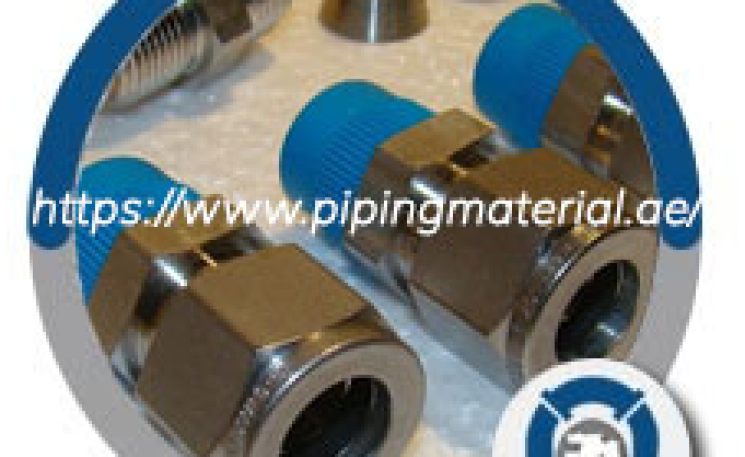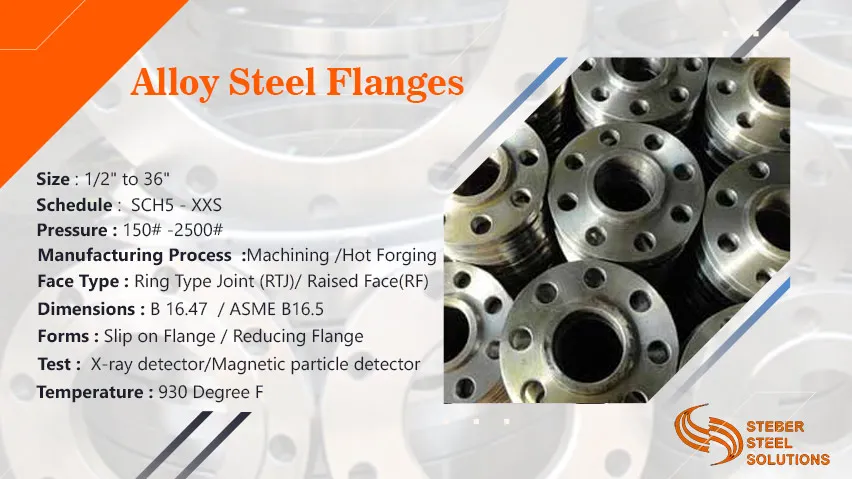Hastelloy Tube Fittings
Compression fittings play a crucial role in the plumbing and piping industry, connecting pipes or tubes in a secure and leak-free manner. One of the important considerations in selecting the right compression fitting is determining the correct thread size. In this article, we will discuss the thread size for 22mm compression fittings and the two types of compression fittings available. Additionally, we will compare Monel and Hastelloy tube fittings, two commonly used materials in tube fittings, and their unique properties and applications. Whether you are a professional plumber or a DIY enthusiast, this article will provide valuable information to help you make informed decisions when selecting compression fittings for your projects.
What is the thread size for 22mm compression fittings?
Thread Size for 22mm Compression Fittings The thread size for 22mm compression fittings is typically 22mm x 1mm. This size is standardized and widely used in plumbing and other piping systems. The compression fitting is designed to connect pipes or tubes by compressing the tubing onto a nipple or fitting. The thread size is an important factor in ensuring that the compression fitting is compatible with the tubing and provides a secure, leak-free connection.
What are the two types of compression fittings?
Compression fittings are an important component in plumbing and piping systems, connecting tubes or pipes in a secure and leak-free manner. There are two main types of compression fittings: single ferrule and double ferrule.
Single Ferrule Compression Fittings: Single ferrule compression fittings use a single ferrule to compress the tubing onto a nipple or fitting. The ferrule is made of a soft material, such as brass or plastic, that deforms when the fitting is tightened. This creates a tight seal around the tubing and prevents leaks. Single ferrule fittings are simple to install, making them a popular choice for DIY projects and low-pressure applications.
Double Ferrule Compression Fittings: Double ferrule compression fittings use two ferrules to provide a secure and leak-free connection. The first ferrule compresses the tubing onto the fitting, while the second ferrule provides added security and helps prevent leaks. Double ferrule fittings are typically more expensive but offer a higher level of reliability and are often used in critical applications, such as high-pressure systems and harsh environments. They are also commonly used in the chemical, petrochemical, and pharmaceutical industries.
In conclusion, the choice between single-ferrule and double-ferrule compression fittings will depend on the specific requirements of the application, such as pressure, environment, and cost considerations.
Monel vs Hastelloy tube fittings
Monel and Hastelloy are two common materials used in the manufacturing of tube fittings. Both materials offer unique properties and characteristics that make them suitable for different applications.
Monel Tube Fittings: Monel is an alloy of nickel and copper and offers excellent corrosion resistance in both salt water and acidic environments. This makes Monel an ideal choice for use in marine and chemical processing applications. Monel is also relatively low in cost, making it a popular choice for a wide range of projects.
Hastelloy Tube Fittings: Hastelloy is a nickel-chromium-molybdenum alloy that offers superior resistance to corrosion in a wide range of environments, including highly corrosive environments. This makes Hastelloy an ideal choice for use in harsh chemical processing applications and other demanding environments. However, the high cost of Hastelloy makes it a less popular choice for low-pressure and non-critical applications.
In conclusion, the choice between Monel and Hastelloy tube fittings will depend on the specific requirements of the application, such as corrosion resistance, operating conditions, and cost considerations. Both materials are strong and durable, but Hastelloy offers a higher level of corrosion resistance and is typically used in critical applications. Monel, on the other hand, is a more cost-effective solution for low-pressure applications and environments that do not require the same level of corrosion resistance.
The Hastelloy tube fittings suppliers offer elbows, tees, couplings, and adapters, in different sizes and configurations to meet the needs of various applications. When selecting a supplier, it is important to consider factors such as product quality, delivery time, customer service, and pricing to ensure that you find the right solution for your needs.
In this article, we have provided valuable information on thread size, types of compression fittings, and Monel vs. Hastelloy tube fittings to help you make informed decisions when selecting the right fittings for your projects.
- Share

YOU MIGHT ALSO ENJOY
A Complete Guide to Alloy Steel Pipe Manufacturers in India
Stephen Romero - November 21, 2024
Keuntungan Apa yang Diperoleh dengan Menggunakan Aplikasi Stok Gudang dan Software Gudang dalam Bisnis Anda?
Stephen Romero - November 18, 2024
What Are the Advantages of Enrolling in Behind the Wheel Driving Schools Near Me for a Behind the Wheel Course?
Stephen Romero - November 16, 2024
search
must read
The Art of Balayage and Foil: A Guide to Perfect Hair Color in Newtown and Randwick
Stephen Romero - November 21, 2024
Stay Updated with the Latest NFL News for Today and NFL News Today Trade at FranchiseSports.co.uk
Stephen Romero - November 20, 2024
The Ultimate Guide to Choosing the Perfect Runner Rugs Australia and Large Shaggy Rug for Your Home
Stephen Romero - November 19, 2024
recent post
ARCHIVES
- November 2024 (25)
- October 2024 (11)
- September 2024 (1)
- July 2024 (10)
- June 2024 (11)
- May 2024 (31)
- April 2024 (15)
- March 2024 (19)
- February 2024 (6)
- January 2024 (7)
- December 2023 (11)
- November 2023 (1)
- July 2023 (13)
- June 2023 (21)
- May 2023 (27)
- April 2023 (23)
- March 2023 (16)
- February 2023 (31)
- January 2023 (26)
- December 2022 (11)
- November 2022 (12)
- October 2022 (11)
- September 2022 (11)
- August 2022 (14)
- July 2022 (13)
- June 2022 (19)
- May 2022 (17)
- April 2022 (10)
- March 2022 (12)
- February 2022 (8)
- January 2022 (9)
- December 2021 (19)
- November 2021 (4)
- October 2021 (6)
- September 2021 (4)
- August 2021 (4)
- July 2021 (10)
- June 2021 (6)
- May 2021 (2)
- April 2021 (2)
- March 2021 (45)
- August 2020 (31)
- July 2020 (30)
- June 2020 (29)












